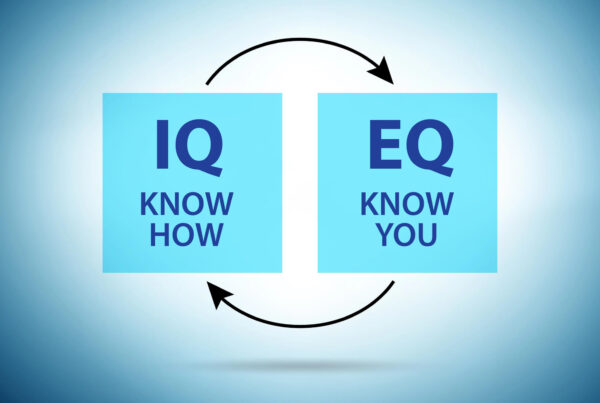I recently participated in a senior executive team-building exercise using the Johari Window technique with a colleague for the first time. Although the exercise was new to me, I found it amazingly effective. Read on if you’re looking for a team-building activity that can deepen your introspection and help you better understand your coworkers.
How is the Johari Window used in business?
The Johari Window is a visual exercise that can improve self-awareness and identify unconscious biases. It was developed in 1955 by psychologists Joseph Luft and Harry Ingham. “Johari” combines their first names, Joe and Harry.
The goal of the Johari Window exercise is to promote teamwork and jumpstart personal development by identifying the gap between one’s self-perception and others’ perceptions.
The activity is best done in small groups or one-on-one, as a discussion component could take some time. However, it’s worth doing the activity more than once to see how the results differ from group to group.
Each participant will be provided a list of adjectives. Many such lists are available online. Considering the words on the list, you will first decide which words describe you best. Others in the exercise will also choose which words they think to tell you. You can then sort the words into the categories of the Johari Window, as seen below.
The window itself is a grid comprised of four squares:
- The Open Area: things we know about ourselves that other people also know
- The Blind Spot: things others know about us that we are not aware of
- The Hidden Area: things we know about ourselves that others do not know
- The Unknown: things that neither we nor others know about ourselves
Below is an example of the Johari Window exercise.
Words that you and the rest of the group list for yourself would go in the open area. Words that others list for you that you did not list for yourself would go in the blind spot. Words you list for yourself that others do not list would go in the hidden area.
Do this for each participant in the group. From there, you can analyze the results. How can you communicate the traits in the hidden area more effectively to others so they become clear? What can you do to become more aware of the qualities in your blind spot? You can talk about these things as a group or ponder them independently.
The Benefits of Johari Window
In terms of team building, the Johari Window exercise’s benefits include increased self-awareness, open communication, and a more substantial alignment between values and actions. This activity and the discussion it encourages can help you understand your teammates and their personalities, improving workplace cohesion.
In the long term, the ideal outcome of the Johari Window group exercise for your professional development is to work to expand the open area until it’s the largest of the four quadrants. The goal is to become a person with an accurate self-perception, both at work and in your personal life.
You can do this by asking for feedback from others, working on skills you wish to refine, and playing to your strengths. It’s a good idea to revisit the activity to see what has changed and remains the same.
Team building is critical to the long-term health of your business. If your team-building ideas feel stale, a business coach can help. You can click here to schedule a complimentary video discussion with me to talk about team building in your organization.
Coach Dave
- How to Protect Intellectual Property as a Small Business Owner - September 11, 2025
- What do General Managers do, and What are the Roles and Responsibilities of a GM? - September 4, 2025
- Why You Should Develop Content Monetization Strategies for Your Business - August 28, 2025


